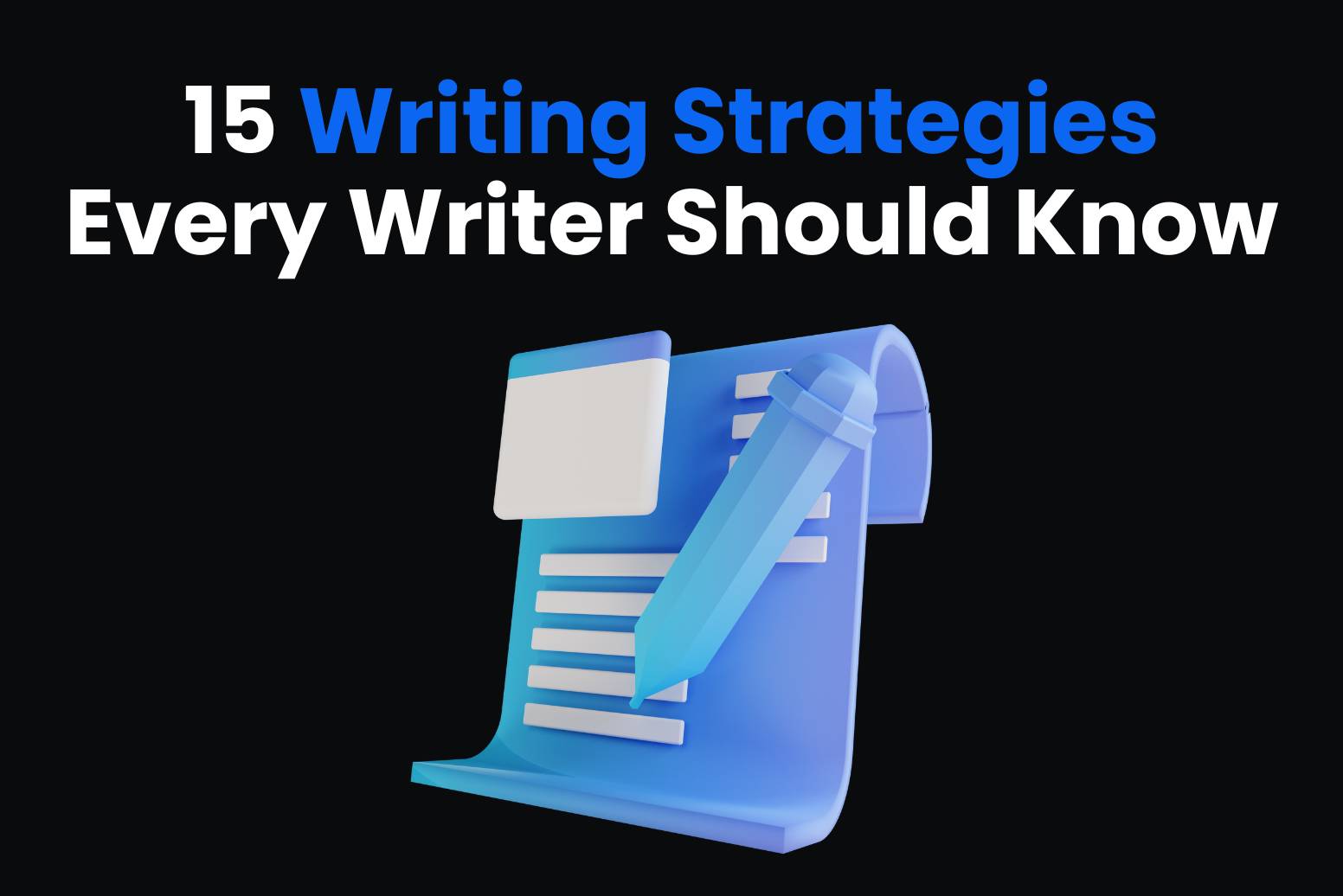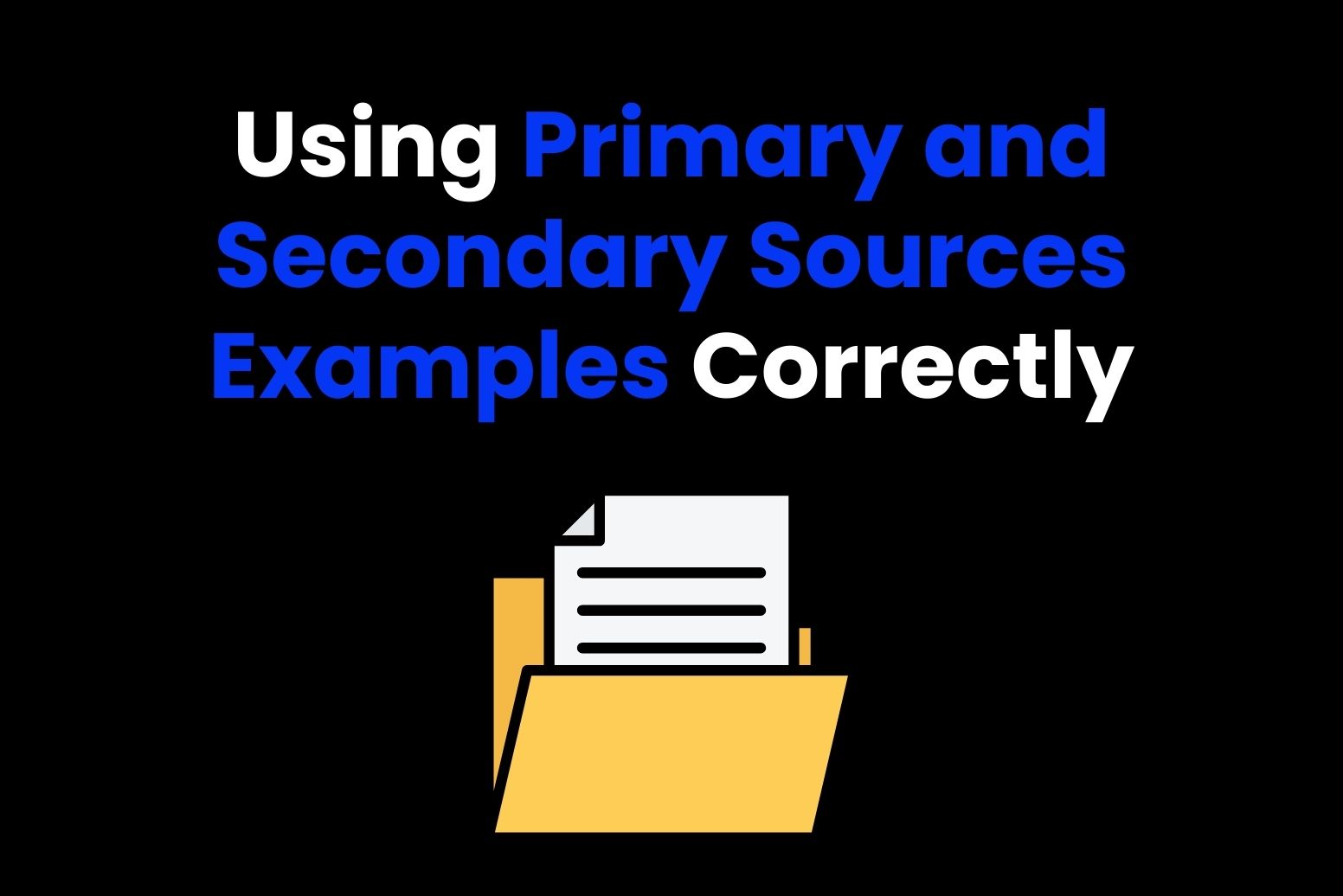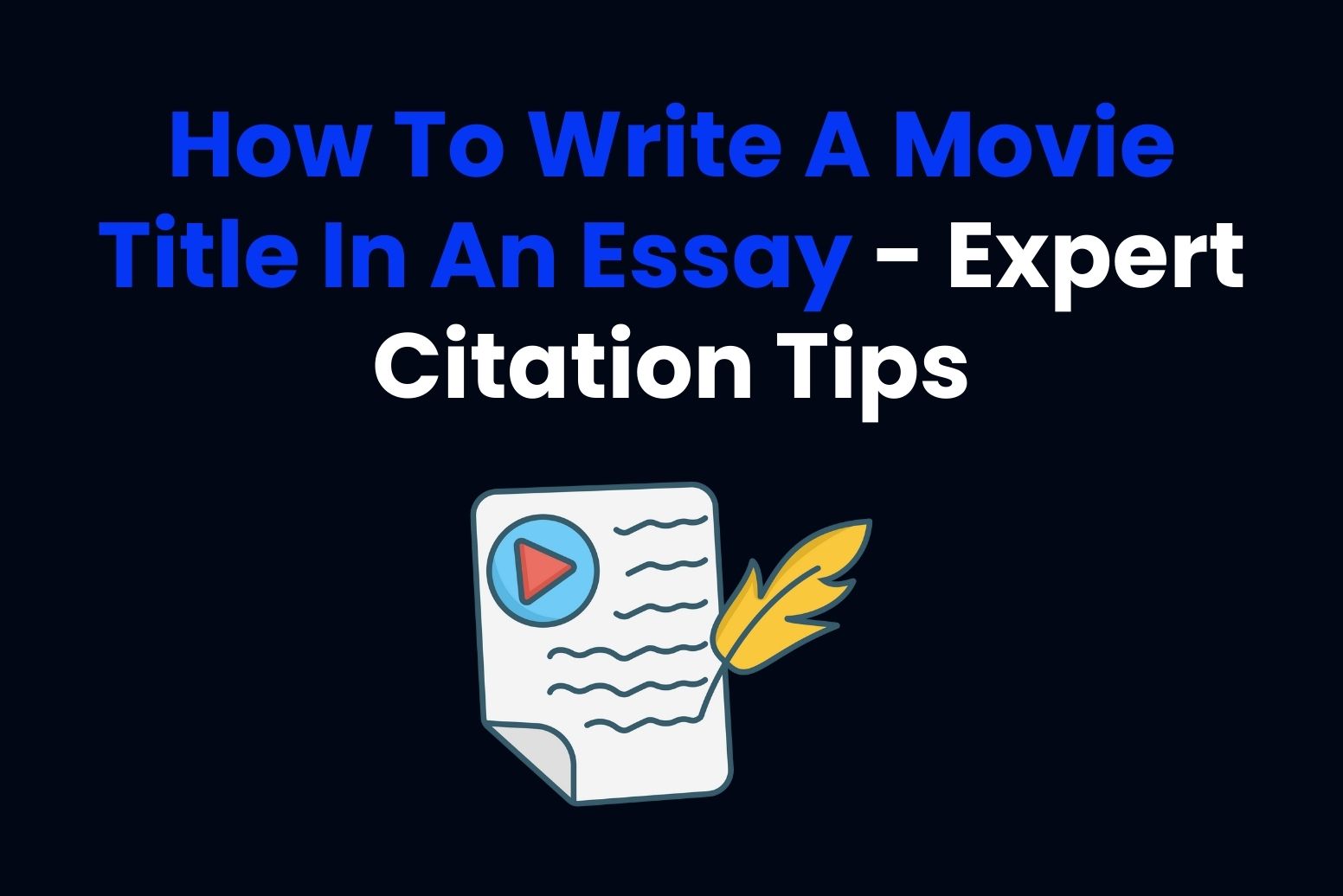
Understanding how to start a new paragraph is a crucial skill for any student. Every assignment consists of individual paragraphs that all come together to present a cohesive argument.
If you don’t consider how to start a paragraph correctly, you will be left with a disjointed essay that doesn’t flow particularly well.
So, in this article, we show you exactly when and how to start a new paragraph in five very simple steps. We lay out how to transition from one paragraph to another and introduce you to some handy AI tools that can significantly improve the flow and quality of your work.
The ideal structure of a paragraph
A paragraph is a handy literary tool to break up your writing. If you were to write an essay in a single block, it would be very difficult to read.
Also, paragraphs show intent. Specifically, your intention to present a new idea or concept to the reader. This is extremely important when writing academically, as it helps you bring in new ideas and credible sources.
In academia, a paragraph should be structured as follows:
- Begin with a transition sentence that links to the previous paragraph.
- Present a new idea or concept in the introduction.
- Back up the main argument with at least one credible source.
- Conclude the argument succinctly before moving on to a new paragraph.
With this structure in mind, you also need to think about when to start a new paragraph, as explained below.
Understanding how to start a new paragraph – what’s its purpose?
Fundamental to how to start a new paragraph is when to start a new paragraph. After all, a paragraph should be created to present a new idea or concept. But there are numerous other instances when you should begin a new paragraph in your writing:
Shifting focus to a new idea
If you’ve switched the focus of your argument, it’s probably time to start a new paragraph. This is also true if you’re now writing from a new perspective or presenting a new piece of evidence.
Presenting a new source
Often, in academic writing, it makes sense to present a new source in its own paragraph. This is a particularly good idea if the source forms a major part of your argument and requires a significant introduction.
Transitioning between ideas
Even if an idea is slightly different from the one you’ve just presented, it makes sense to begin afresh. Paragraphs are useful for transitioning between ideas, even if they are very similar. This helps the flow of your writing and ensures your work does not consist of stand-alone paragraphs that make little sense when read as a whole.
What about when writing fiction?
There are slightly different requirements for paragraphing when writing fiction. For instance, if a new person starts talking (dialogue & speech), you should begin a new paragraph. Equally, if the location changes or the time moves on in your novel, you should start a new paragraph.
How to start a new paragraph in 5 simple steps
Now that you’re aware of whento start a new paragraph, we want to show you precisely how to go about it in five straightforward steps:
Step 1: Be clear about the purpose of the new paragraph
Start by considering what purpose you want the new paragraph to serve. Are you presenting a new argument? Or are you transitioning between ideas?
After answering this simple question, you should create a topic sentence. This is fundamental, as it sums up the paragraph and introduces its key purpose and points. You can use our free topic sentence generator to help you with this.
You also need to consider the overall word count of your paper and ensure that the paragraph is actually required. Defining it and delineating its purpose will help to keep you on track.
Step 2: Transition from the previous paragraph
One of the mistakes that students make time and again in their writing is failing to transition from one paragraph to the next successfully. A new paragraph isn’t a license to abandon a previous idea and to roll with a new one.
For instance, here’s how not to transition in example one:
❌Example 1: How not to transition
Mandela worked hard for his comrades’ liberation from prison after his release. He saw political imprisonment in South Africa as a shameful failing of the international community.
Nelson Mandela earned the Nobel Peace Prize in 1993. He received the award alongside FW De Clerk for bringing an end to apartheid.
There’s no clear transition from one idea to the next. But, in example two, we’ve added a sentence to show a clear transition from one idea to the next:
✅Example 2: How to transition
Mandela worked hard for his comrades’ liberation from prison after his release. He saw political imprisonment in South Africa as a shameful failing of the international community.
He highlighted such failings and condemned the position of the international community soon before receiving the Nobel Peace Prize in 1993.
As you can see, we’ve presented similar information in both examples, but the extra sentence at the start of example two ensures a smooth transition from one idea to the next.
Step 3: Introduce the main argument and any new evidence

After transitioning successfully, you must introduce the main argument in the new paragraph. In most academic writing, it makes sense to present one main idea per paragraph. Sure, you can present slightly contrasting viewpoints in each paragraph, but it’s best to stay on point.
You should begin by introducing the argument, which you then back up with a credible source. Then, feel free to draw on another source that says something contradictory and why you disagree with it. This further supports your viewpoint and shows analytical skills.
Step 4: Complete the paragraph and check its length
It’s now time to complete and conclude your paragraph. Each paragraph is like a mini assignment in itself and should have a clear beginning, middle, and end. But as mentioned above, it must also transition successfully to ensure that it doesn’t appear isolated in your text.
Sources disagree on how long a paragraph should be. However, as indicated by the University of Hull in England, the ideal length is somewhere between 200 and 300 words. This should be enough to make your point clearly and without too much information.
You should aim for consistency when writing paragraphs and ensure they are all a similar length. In other words, don’t have one paragraph that’s 50 words and another that’s 400, as it will affect the flow of your work.
Step 5: Proofread your paragraph
It’s now time to proofread your paragraph. Make sure:
- The paragraph has a clear purpose and presents a specific argument or viewpoint.
- It transitions and flows from the previous paragraph and does not stand alone.
- You have clearly introduced your points and backed them up with evidence.
- The paragraph is between 200 and 300 words and is no longer or shorter than the other paragraphs in your text.
If you’re happy with the paragraph, use our free AI grammar checker to pick up any typos and spelling mistakes before moving to the next one.
If you think your paragraph is too short, try our paragraph expander tool, which adds depth and detail to your writing.
The bottom line: How to start a new paragraph
Starting a new paragraph isn’t overly difficult, but you need to be aware of the necessary steps to ensure your writing flows well. If you follow our five simple steps and read and check your work, you shouldn’t have any issues.
Don’t forget that you can work smarter – not harder – with the help of AI. Discover Arvin’s suite of tools, which you can use to improve your writing, make your work flow, and ensure the correctness of your work before submitting.
How to start a new paragraph FAQ
What is a good paragraph starter?
It’s a good idea to begin a new paragraph with a transition sentence. This should clearly touch on the argument or point you’ve just made in the previous paragraph. You can then slide into a new idea or viewpoint in the next sentence, before affirming your argument by revealing a credible source that backs up your claims.
What word can I use to start a new paragraph?
This really depends on what you’re trying to say. That said, signposting words and phrases like however, therefore, moreover, and furthermore, work really well. Just be mindful that some of these words (like however) naturally change the course of your writing, so be prepared to introduce a slightly different viewpoint if you use such words.
How do I indicate a new paragraph?
Most schools and colleges require you to show a new paragraph with a first-line indent. Others, though, may require you to leave a space between the paragraphs. You should check your school’s style guide and ask your tutor for guidance on how to lay out your paragraphs if you’re unsure.






